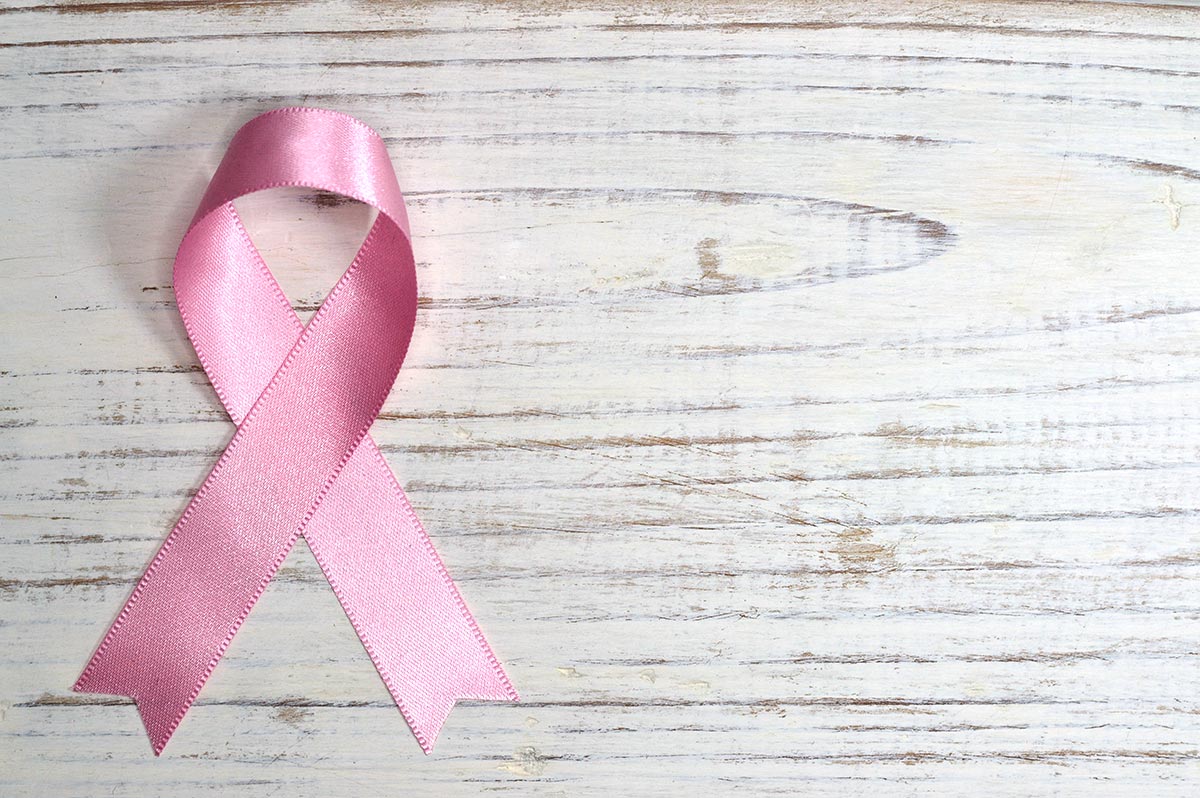Breast cancer is a condition that impacts countless lives each year, making awareness and understanding critical for early detection, effective treatment, and prevention. While many facts about breast cancer are well-known, others remain shrouded in myth or misinformation. Here are ten key insights that every individual should know about breast cancer, backed by research and expert recommendations.
The Prevalence of Breast Cancer
Breast cancer remains one of the most common cancers worldwide. In the United States alone, a new diagnosis occurs approximately every 3.5 minutes, with more than 180,000 women affected annually. Tragically, around 41,000 women lose their lives to the disease each year. Despite these daunting numbers, advancements in treatment and early detection have significantly improved survival rates.
Early Detection Saves Lives
One of the most critical factors in breast cancer survival is early detection. When diagnosed at an early stage, such as Stage 1 or Stage 2, the five-year survival rate is a remarkable 98%. However, if breast cancer progresses to Stage 4, where it has metastasized to distant organs, the survival rate drops dramatically to 26%. Regular screenings, including mammograms, play a vital role in identifying cancer before symptoms appear.
The Power of Mammograms
Mammograms are a cornerstone of breast cancer prevention. Experts recommend that women begin annual mammograms at age 40. These imaging tests can detect cancer up to two years before a lump can be felt, offering a crucial window for early intervention. In addition, monthly breast self-examinations starting at age 20 can help women become familiar with their breast tissue and identify any changes promptly.
Debunking Common Myths
There are many misconceptions about what causes breast cancer. For example, the size of a woman’s breasts or wearing a bra does not increase the risk of breast cancer. Similarly, minor trauma to the breast, such as bumping or pinching, does not cause the disease. Separating fact from fiction is essential for reducing unnecessary anxiety and focusing on proven risk factors.
Breast Cancer in Men
While breast cancer is predominantly a female disease, it can also occur in men. Each year, approximately 2,000 men in the United States are diagnosed with breast cancer. Raising awareness about this lesser-known fact is critical for ensuring that men seek medical attention for any unusual symptoms.
The Role of Physical Activity
Regular exercise significantly reduces the risk of breast cancer and improves survival rates for those diagnosed with the disease. Women who maintain an active lifestyle are up to three times less likely to die from breast cancer than their sedentary counterparts. Exercise is particularly beneficial for women whose cancer is sensitive to estrogen, underscoring the link between physical activity and hormonal health.
Understanding Personal Risk
Breast cancer risk varies widely among individuals and is influenced by both genetics and lifestyle. Women with a family history of early-onset breast cancer (before age 50) face an increased risk, as do those who consume excessive amounts of alcohol. Being proactive about understanding personal risk factors and making informed lifestyle choices is a powerful tool for prevention.
The Impact of Age
Advancing age is one of the most significant risk factors for breast cancer. Approximately 80% of cases occur in women over the age of 50. This highlights the importance of continued vigilance and regular screenings as women grow older.
Hormone Replacement Therapy and Risk
Hormone replacement therapy (HRT), often used to manage menopausal symptoms, can influence breast cancer risk depending on the type and duration of use. Prolonged HRT use is associated with a slightly elevated risk of developing breast cancer. Women should discuss the potential risks and benefits of HRT with their healthcare provider to make an informed decision that aligns with their health needs.
Tailored Treatment Plans
No two breast cancer cases are identical, and treatment strategies should reflect the unique circumstances of each patient. Factors such as the stage of cancer, age, and overall health play a significant role in determining the most effective course of action. Collaboration with healthcare professionals ensures that patients receive individualized care that maximizes their chances of recovery.
Breast cancer awareness and prevention are essential for reducing its impact on individuals and society. By understanding risk factors, debunking myths, and prioritizing early detection, we can take proactive steps to protect our health and support those affected by the disease.
education at the United States Military Academy.Copyright 2010 by the American College of Sports Medicine.













